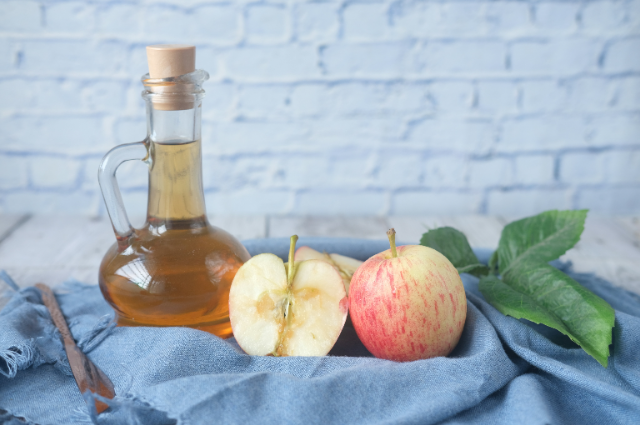
Photo by Towfiqu barbhuiya on Unsplash
As the vibrant hues of autumn paint the landscape, there’s a tradition that takes center stage in the seasonal festivities – Apple Cider Day. This delightful occasion brings together communities to savor the rich flavors of freshly pressed apples, marking a celebration of nature’s bounty and the spirit of fall. It is celebrated on 18th November every year.
The History of Apple Cider Day
Rooted in agricultural traditions, Apple Cider Day has its origins in the historical practice of harvesting apples and transforming them into a timeless beverage. Early American settlers cherished the apple orchards that adorned the countryside, and cider-making became a communal activity, fostering a sense of unity among neighbors.
The Chemistry of Cider
The chemistry of cider revolves around the fermentation process, where sugars in apple juice transform into alcohol and carbon dioxide with the help of yeast. This transformation, influenced by factors like apple varieties and fermentation conditions, produces the delightful beverage enjoyed on Apple Cider Day.
Beyond the basic fermentation, the chemistry of cider involves a delicate interplay of flavors. The variety of apples used contributes distinct sugars, acids, and tannins, influencing the taste profile. Sugars convert into alcohol, creating the alcoholic content, while acids and tannins contribute to the cider’s balance and mouthfeel.
Yeast selection also plays a crucial role. Different yeast strains produce varied flavors and aromas during fermentation, adding complexity to the final product. Temperature control during fermentation further shapes these characteristics.
Moreover, the maturation process is key. Cider often undergoes aging, allowing flavors to mellow and blend. This aging process, whether in barrels or tanks, imparts additional nuances to the cider’s chemistry.
The Process of Cider Making
Apple Cider Day not only commemorates the end of the apple harvest but also pays homage to the meticulous process of cider making. From selecting the finest apples to pressing and fermenting, each step contributes to the creation of this quintessential autumnal drink. The sweet aroma of apples fills the air as cider mills buzz with activity, turning orchard fruits into a golden elixir.
Community Gatherings
At the heart of Apple Cider Day is the tradition of community gatherings. Families and friends come together at local orchards, farmers’ markets, or community centers to partake in the festivities. The atmosphere is filled with laughter, the sound of apples being pressed, and the scent of cinnamon-spiced treats.
Tasting the Nectar of Fall
The highlight of Apple Cider Day is undoubtedly the chance to savor freshly pressed apple cider. Whether enjoyed hot or cold, the taste is a symphony of sweet and tart notes, capturing the essence of crisp autumn days. Some enthusiasts elevate the experience with additions like cinnamon sticks or a dash of nutmeg, creating a sensory journey through the season.
Beyond the Beverage
While the main focus is on the cider, Apple Cider Day often extends beyond the beverage itself. Festivals may feature apple-themed treats, live music, and activities for all ages. From apple pie contests to hayrides through orchards, these events add layers of enjoyment to the celebration.
Preserving Tradition
In a world dominated by fast-paced lifestyles, Apple Cider Day serves as a reminder to slow down and appreciate the simple joys of life. By preserving the tradition of cider making, communities honor their heritage and pass down the art of crafting this timeless beverage from one generation to the next.
Conclusion
Apple Cider Day is more than a celebration of a beverage; it’s a tribute to the beauty of fall, the bounty of nature, and the joy of coming together. As communities unite to raise a glass of freshly pressed apple cider, they not only embrace a seasonal tradition but also create lasting memories that echo the warmth and richness of autumn.
